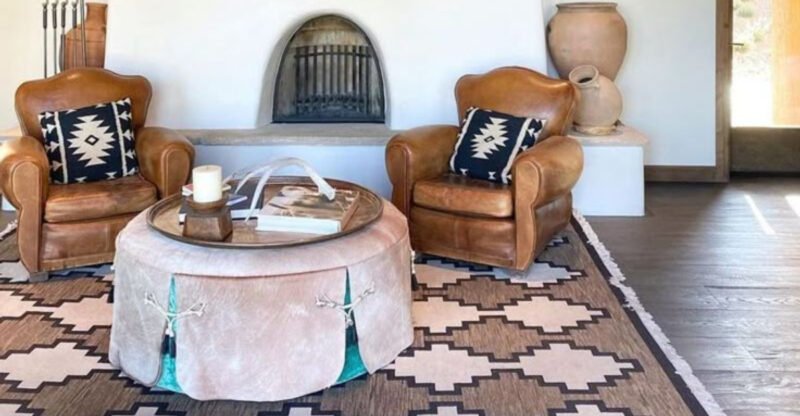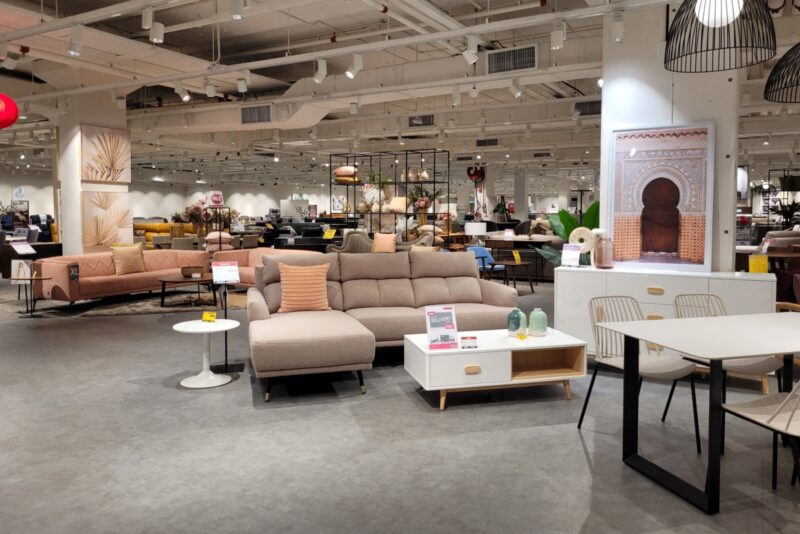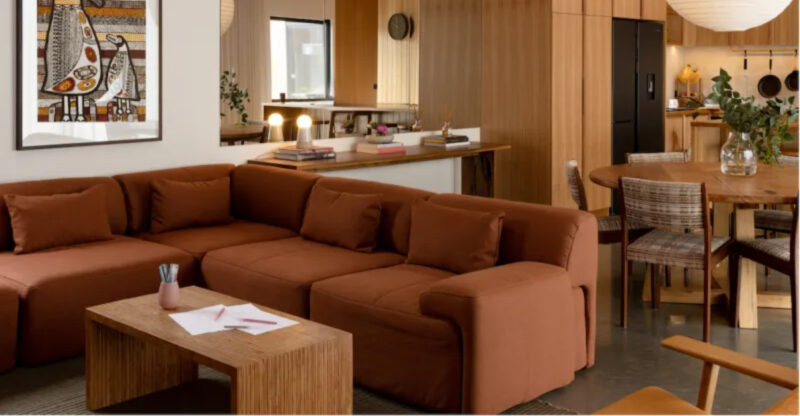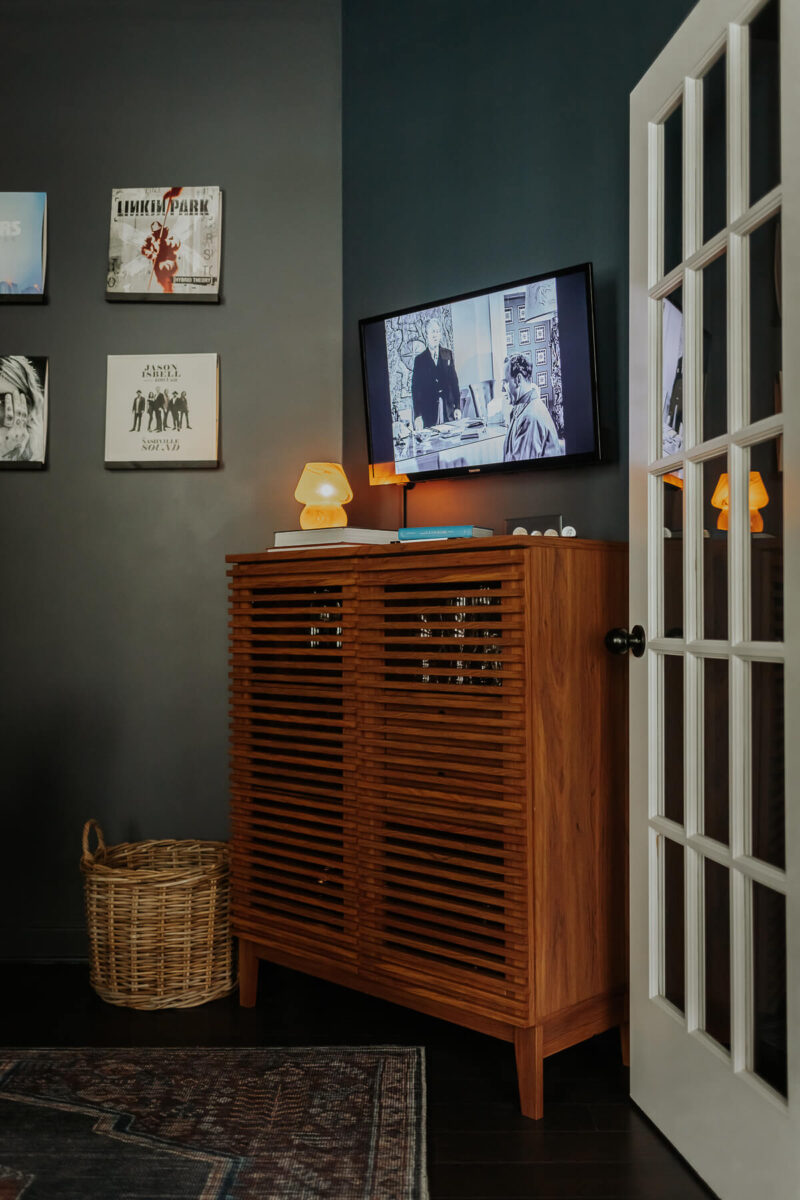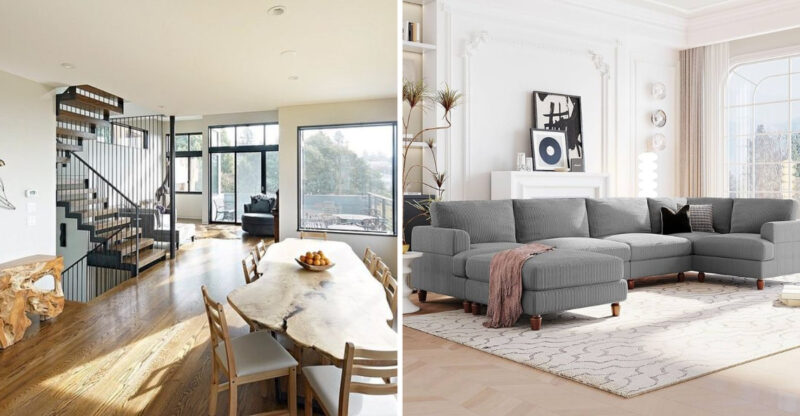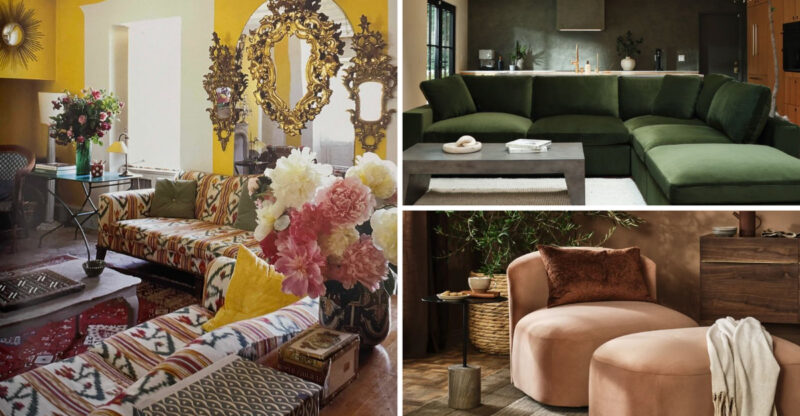6 Furniture Finishes That Are Quietly Fading Away
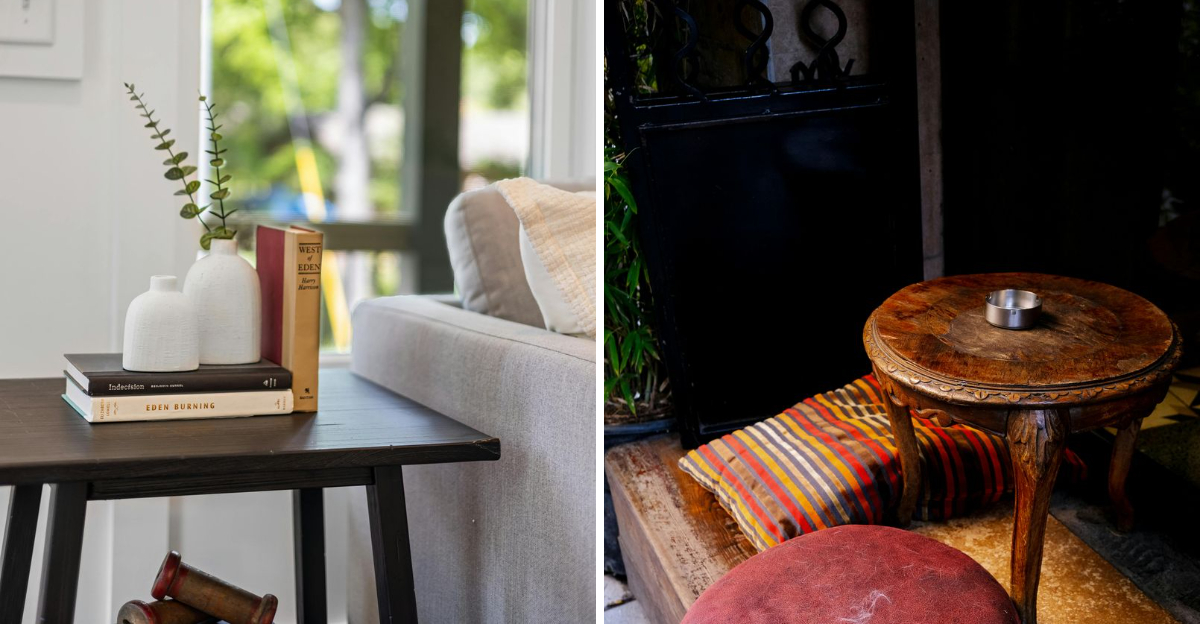
Walk into a room and something just feels… off? It might not be the furniture style or layout, it could be the finish. While some surfaces quietly hold their charm, others are slipping out of style and making spaces feel dated without warning.
These furniture finishes that are slowly fading from favor, and it might be time to rethink them. Just remember, style is subjective, if you love it, that’s what matters most. Trends simply offer a shifting perspective.
1. High-Gloss Lacquer
Once upon a time, I couldn’t walk through a furniture showroom without being blinded by gleaming lacquered surfaces. The ultra-reflective finish dominated luxury spaces with its mirror-like shine and contemporary feel.
High-gloss lacquer requires meticulous upkeep. Every fingerprint shows up like evidence at a crime scene! Homeowners are increasingly choosing matte or satin finishes that forgive daily life’s little smudges. The high-maintenance reputation has pushed this once-coveted finish toward extinction.
2. Distressed Whitewash
How quickly trends turn! The farmhouse craze brought whitewashed everything into our homes, tables, chairs, entire bedroom sets scrubbed with that beachy, worn look. Distressed whitewash became the poster child of the shabby-chic movement.
This chalky, artificially aged finish now feels like a time capsule from 2015. Designers are moving toward authentic finishes that celebrate natural wood grain rather than hiding it under layers of faux aging.
The manufactured rustic vibe has lost its charm as homeowners seek more timeless approaches.
3. Espresso Brown Wood
Remember the early 2000s when every furniture store displayed those deep, dark espresso pieces? This nearly-black brown finish dominated bedrooms and dining rooms for years. Espresso brown was practically mandatory for anyone furnishing their first apartment.
The pendulum has swung dramatically toward lighter, natural wood tones. Those heavy, dark pieces now make rooms feel smaller and dated.
Mid-tone woods and blonde finishes have pushed espresso into the background as homeowners embrace airier, more open-feeling spaces.
4. Yellow Or Orange Oak Stain
If you’ve toured homes built in the 80s or 90s, you’ve seen those honey-colored oak cabinets and furniture pieces. This yellowish-orange finish was everywhere, from kitchen cabinets to entire wall units displaying the family’s collection of Beanie Babies.
The unmistakable golden hue of traditional oak stain now screams ‘dated’ to most design-conscious homeowners. Modern oak treatments favor techniques that minimize the yellow undertones in favor of more neutral or grayish finishes.
Homeowners are either painting over these finishes or replacing them entirely with more contemporary options.
5. Black Painted Finishes
Though black never truly disappears, the solid black painted furniture that dominated the early 2010s is fading fast. Those stark ebony dressers, tables, and chairs that seemed so sophisticated are increasingly rare in today’s interiors.
Black painted pieces often show every speck of dust and scratch like battle scars. Homeowners are shifting toward softer black-brown blends or charcoal tones that offer depth without the harsh contrast.
The all-black furniture look has become associated with rental apartments and starter homes rather than thoughtful design choices.
6. Red-Toned Cherry Wood
Where have all the cherry finishes gone? That unmistakable reddish-orange glow once signaled quality and tradition in furniture showrooms nationwide. Cherry wood dominated executive offices and traditional dining rooms for decades.
The warm redness that made cherry famous now strikes most designers as overly formal and outdated. Modern spaces favor cooler or more neutral wood tones that play well with contemporary color schemes.
Cherry’s dramatic color can make coordinating with today’s popular paint palettes challenging, pushing this once-prestigious finish further from the spotlight.

